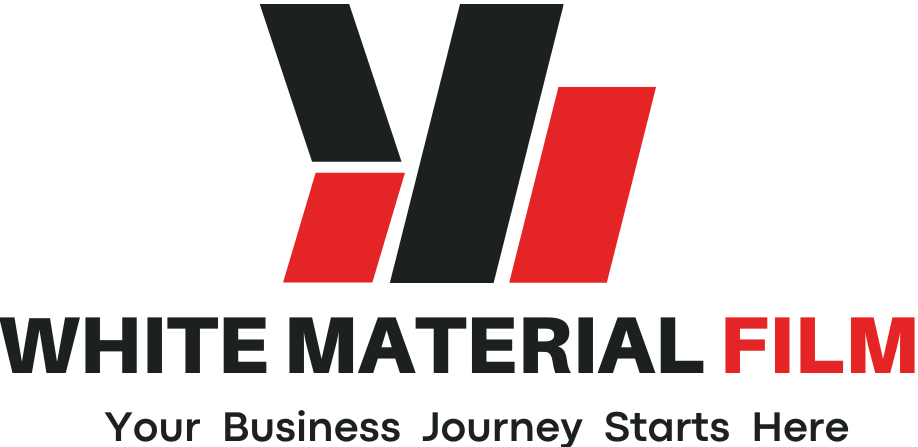In today’s digital landscape, delivering content to various channels and devices has become more complex than ever. With the rise of omnichannel experiences and the demand for personalized content, traditional content management systems (CMS) often struggle to keep up.
This is where headless CMS solutions like Sitecore come into play, offering a flexible and scalable approach to content delivery.
Through this blog, we’ll explore the concept of decoupled architectures and how Sitecore’s headless CMS empowers organizations to embrace flexibility in content management.
Understanding Decoupled Architecture
Decoupled architectures, also known as headless architectures, represents a departure from the traditional monolithic CMS model. In a monolithic CMS, the content management backend and the presentation layer are tightly integrated.
This means that content creation, storage, and delivery are all handled within the same system. While this approach can work well for certain use cases, it often lacks the flexibility required to deliver content across multiple channels and devices effectively.
Headless or decoupled architecture, on the other hand, separates the content management backend from the presentation layer. This separation allows organizations to use different front-end technologies and frameworks to deliver content to various channels, such as websites, mobile apps, IoT devices, and more.
By decoupling the content management backend from the presentation layer, organizations can achieve greater flexibility, scalability, and agility in content delivery.
Sitecore Headless CMS
Sitecore, being one of the leading digital experience providers globally offers a powerful headless CMS solution that enables organizations to embrace decoupled architectures.
Sitecore Headless CMS provides all the robust content management capabilities of the traditional Sitecore platform but with the flexibility to deliver content to any channel or device. When you get Sitecore CMS development services, you get to unlock the power of a range of features provided by Sitecore.
Key Features of Sitecore Headless CMS
1. Content Authoring and Management
Sitecore Headless CMS provides a user-friendly interface for content authors to create, manage, and publish content across multiple channels. Content can be structured using customizable templates and components, allowing for easy reuse and personalization.
2. API-First Approach
Sitecore CMS follows an API-first approach, exposing content through a set of RESTful APIs. This allows developers to retrieve content from Sitecore and integrate it into any front-end application or platform of their choice.
3. Personalization and Targeting
Sitecore’s powerful personalization and targeting capabilities are fully supported in the headless CMS. Content authors can create personalized experiences based on user behavior, demographics, and other contextual data, ensuring that content remains relevant and engaging across all channels.
4. Scalability and Performance
This CMS is built on a scalable and performant architecture, capable of handling high volumes of traffic and delivering content at lightning-fast speeds. Whether serving content to a single website or a network of interconnected digital properties, Sitecore can scale to meet the demands of any enterprise.
5. Analytics and Insights
Sitecore Headless CMS provides built-in analytics and reporting tools, allowing organizations to track user engagement, content performance, and other key metrics across all channels. This data-driven approach enables organizations to optimize content delivery and drive better business outcomes.
Some of the key use cases of Sitecore CMS
Multichannel Content Delivery: Organizations can use Sitecore Headless CMS to deliver content to websites, mobile apps, kiosks, digital signage, and other digital touchpoints. By decoupling the content management backend from the presentation layer, organizations can ensure a consistent and personalized experience across all channels.
IoT and Connected Devices: Sitecore Headless CMS can power content experiences for IoT devices such as smart speakers, wearables, and connected appliances. By leveraging Sitecore’s API-first approach, organizations can easily integrate content into IoT applications and deliver relevant information to users in real-time.
E-commerce: Sitecore Headless CMS can be used to deliver product content and promotional offers to e-commerce websites and mobile apps. By combining content management capabilities with e-commerce functionality, organizations can create immersive shopping experiences that drive engagement and conversion.
Digital Marketing Campaigns: Sitecore Headless CMS enables organizations to create and manage content for digital marketing campaigns across multiple channels. Whether launching a new product, promoting a special offer, or running a targeted advertising campaign, Sitecore provides the tools and flexibility to deliver compelling content experiences.
Conclusion
Overall, Sitecore Headless CMS offers your organization a powerful solution for embracing decoupled architecture and delivering content across multiple channels and devices.
By separating the content management backend from the presentation layer, Sitecore empowers organizations to achieve greater flexibility, scalability, and agility in content delivery.
Whether powering multichannel experiences, IoT applications, e-commerce websites, or digital marketing campaigns, Sitecore Headless CMS provides the tools and capabilities to create compelling content experiences that drive engagement and deliver results.
By following best practices for implementation and continuous improvement, your organization can maximize the value of Sitecore Headless CMS and stay ahead in today’s rapidly evolving digital landscape.



